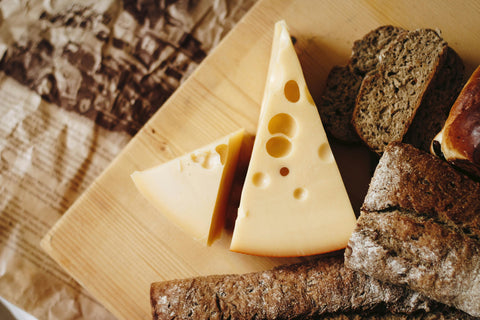France is world-renowned for its pastries – flaky, buttery, delicate creations that seem almost too beautiful to eat. But behind every éclair and croissant lies a fascinating story of invention, tradition, and sometimes even a little scandal. Let’s explore the sweet origins of some of the most iconic French pastries.
1. The Croissant – A Viennese Intruder?
Despite being a symbol of French breakfast culture, the croissant actually has Austrian roots. Inspired by the kipferl, it was introduced to France in the 18th century by Austrian princess Marie Antoinette. French bakers gave it their signature touch – laminated dough and perfect layers – transforming it into the flaky masterpiece we know today.
2. The Éclair – Lightning in Pastry Form
The word éclair means “lightning” in French, possibly because it’s eaten so quickly. Invented in the 19th century, it evolved from the pain à la duchesse, a choux pastry filled with cream. Topped with shiny icing, the éclair became a bakery staple – elegant, indulgent, and endlessly customisable.
3. The Macaron – Not What It Seems
The modern macaron – with its pastel colours and creamy ganache – was developed in Paris in the 20th century by the Ladurée pastry house. But the original almond meringue cookie arrived in France from Italy in the 16th century, brought by Catherine de Medici’s chefs. Over centuries, it evolved into today’s chic, double-decker version.

4. The Tarte Tatin – A Delicious Mistake
This upside-down caramelised apple tart was supposedly created by accident in the 1880s by the Tatin sisters, who ran a hotel in the Loire Valley. One of them overcooked the apples and placed the pastry on top before flipping it out of the oven – and a legend was born.
5. The Mille-Feuille – A Thousand Layers of Elegance
Known in English as the “Napoleon,” the mille-feuille is made from layers of puff pastry and cream, often topped with fondant icing. It dates back to at least the 17th century, though its exact origin is unclear. Its name means “a thousand leaves,” referencing its many delicate layers.
A Taste of History in Every Bite
These pastries aren’t just delicious – they’re edible pieces of history. Each bite carries with it centuries of culinary tradition, regional pride, and a deep love for craftsmanship.
So next time you enjoy a French pastry, remember: you’re not just treating yourself – you’re taking part in a rich cultural heritage.




